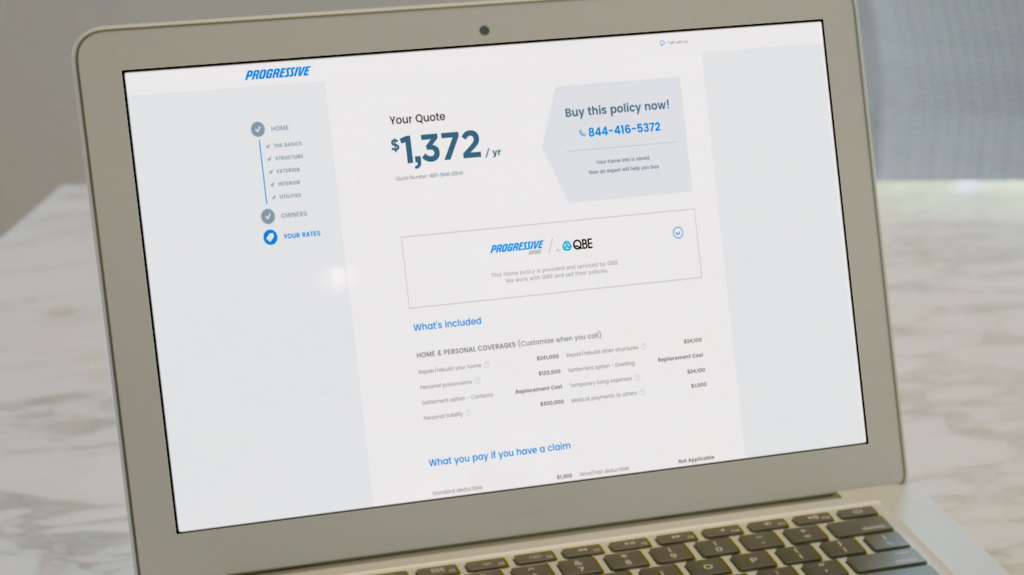IRS has a few new changes that you need to know about for retirement plan savings contributions. For the most part, your contribution levels have slightly increased, allowing you to contribute more to these plans. But you do want to be aware of your limits because making a higher contribution can cost you at tax time. These limits are for 2018 and don’t have any effect on your 2017 contributions.

Here are the highlights of these changes for 2018:
* Contribution limits for employees participating in 401(k) plans and individuals participating in the government’s Thrift Savings Plan have been increased from $18,000 to $18,500. While this isn’t a huge increase, it means a little more money to your retirement savings plan, which is always a plus.
* You are able to deduct traditional IRA contributions if you meet certain conditions. And if you have a retirement plan at work, the deduction may be reduced or phased out until it is eliminated, depending on your filing status and income. These are the new elimination and phase out ranges:
- If you’re single, your phase out range has been increased and ranges from $63K to $73K.
- If you’re married, your phase out range has also been increased and ranges from $101K to $121K
- If you do not have a workplace retirement plan but you’re married, the deduction is phased out if your combined income is between $189K and $199K.
- And if you’re married but filing separately and you have a workplace retirement plan, the phase out range isn’t affected by the annual cost-of-living adjustment and remains the same, $0 to $10K.
* The phase out range for contributions to a Roth IRA is $120K to $135K for singles or heads of household. And for married couples filing jointly it’s now $189K to $199K. If you’re married but filing separately, you are not subject to cost-of-living increases here either. All of these ranges are either increased or remained the same.
* As for Retirement Savings Contribution Credits (also known as Saver’s Credit), the income limit for low/moderate income level workers is $63K for married couples who are filing jointly. Heads of household filers income limit is now $47,250 and singles income limit is $31,500. These are all an increase.
There are also a few limitations that have remained unchanged:
* Annual contributions to an IRA stayed the same at $5,500. If you’re over 50, the additional catch-up contribution is not subject to an annual cost-of-living increase and remains at $1K.
* For 401(k), Thrift Savings Plan, and other work-related savings plans, the catch-up contribution for employees over 50 also remains the same at $6K.
If you’re not sure how these changes affect you, talk to a tax specialist to ensure you won’t be penalized later. These changes now allow you to make higher contributions to your retirement plan savings without paying penalties. The increase in contribution levels is due to an annual cost-of-living increase so you should see similar contribution level increases each year. Take advantage of these new limitations to make the most of your retirement savings.






 ?
? This is a guest post from Pauline of InvestmentZen.com
This is a guest post from Pauline of InvestmentZen.com